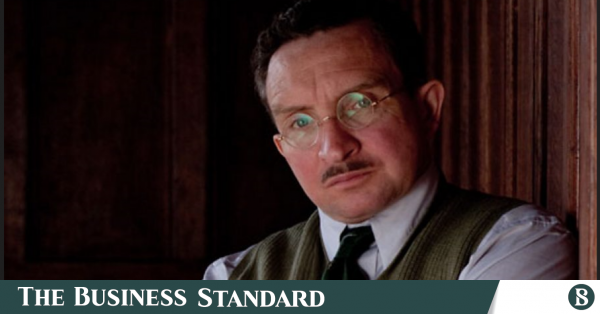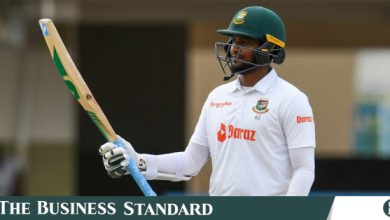How a doctor treating war veterans ended up creating the Paralympics

A flame was lit by two British Paralympians in the quiet village of Stoke Mandeville in Aylesbury, Buckinghamshire last weekend. It then set out on a four-day relay for Paris, under the English Channel to the Paralympics opening ceremony. It was in the sedate Stoke Mandeville village, northwest of London, that the foundations for the modern Paralympic Games were laid over seventy-five years ago.
Dr Ludwig Guttman, a German neurologist who fled Nazi Germany, was tasked by the British government and RAF to set up a specialised unit – National Spinal Injuries centre – in the Stoke Mandeville hospital to treat airmen who had suffered spinal injuries and were paralysed in the Second World War.
Back then in the 1940s, spinal injury patients were advised to lie motionless. Care was palliative. They eventually developed infected bedsores, and were pretty much left to die. Guttman challenged the practice. He believed that movement was key and introduced sport and physiotherapy into the rehabilitation of paraplegics. Guttman was loved by his patients who called him ‘Poppa’ and he encouraged them to move, lift weights, build strength and fight back and revolutionised the treatment of paraplegics in the UK.
Sport as therapy and rehabilitation, progressed into competition. On the same day that the Olympic Games opened in London on July 28, 1948, Guttman organised a sporting event for his paraplegic patients. Sixteen of them in wheelchairs from Stoke Mandeville and Star and Garter Home for war veterans in Surrey faced off in an archery contest. Star and Garter Home won and were presented with a Cup and Guttman turned the Stoke Mandeville Games into an annual affair.
He expanded the Games to include more war veterans and disabled athletes and it first became international when competitors from the Netherlands were invited for the 1952 edition. In 1956, 18 nations participated. It was also the year that the Stoke Mandeville Games was presented with the Fearnley Cup by the International Olympic Committee (IOC) for their extraordinary contribution to the Olympic ideal. “If I ever did one good thing in my medical career it was to introduce sport into the rehabilitation of disabled people,” Guttman once said.
In Rome 1960, a competition for only those with spinal cord injury was held in what is considered the first of the Paralympic Games. Guttman was closely involved in it and the same eight sports that were part of the previous year’s International Stoke Mandeville Games – wheelchair fencing, snooker, wheelchair basketball, archery, athletics, table tennis, swimming and dartchery (combination of darts and archery) – were played over six days.
Margaret Maughan who won Britain’s first medal, a gold in archery at the 1960 Games, recounted the journey to Rome: “First, we were put on a coach to go to the airport; we all had to be carried on and our wheelchairs folded and loaded. Then at Heathrow the same thing was done in reverse. It took hours! Then to get us onto the plane they had to use a forklift with four of us at a time in our chairs on a platform being lifted up onto the plane. Then we had to be lifted into our seats and our chairs folded and put as baggage. At the other end it all took hours more; if you were the last off the plane you were sitting waiting for two hours. But back then that was part of your life; and you just had to accept it.”
The term ‘Paralympic Games’ was officially approved by the IOC only in 1984 and Rome 1960 was retrospectively recognised as the first edition of the Summer Paralympic Games. Guttmann died in 1980, at 80.
The 1984 edition saw the Games return to Stoke Mandeville, though not by choice. Los Angeles was the venue for the Summer Games that year, and the University of Illinois was set to host a Wheelchair Games, with a separate event in New York for other disabilities. Four months before the Games, the University of Illinois withdrew. Left with nowhere else to go, Stoke Mandeville stepped in as last-minute hosts. Since the Seoul 1988 Summer Olympics and the 1992 Albertville Winter Games, the Paralympics have been consistently held in the same city as the Olympics and have been included in the Olympic bid.
The Paralympic Games have grown from 400 athletes in Rome in 1960 to over 4,000 athletes in Paris this year. They have helped shift perceptions, made a case for inclusion and changed lives. And it all started with a maverick doctor who refused to give up on his patients.





